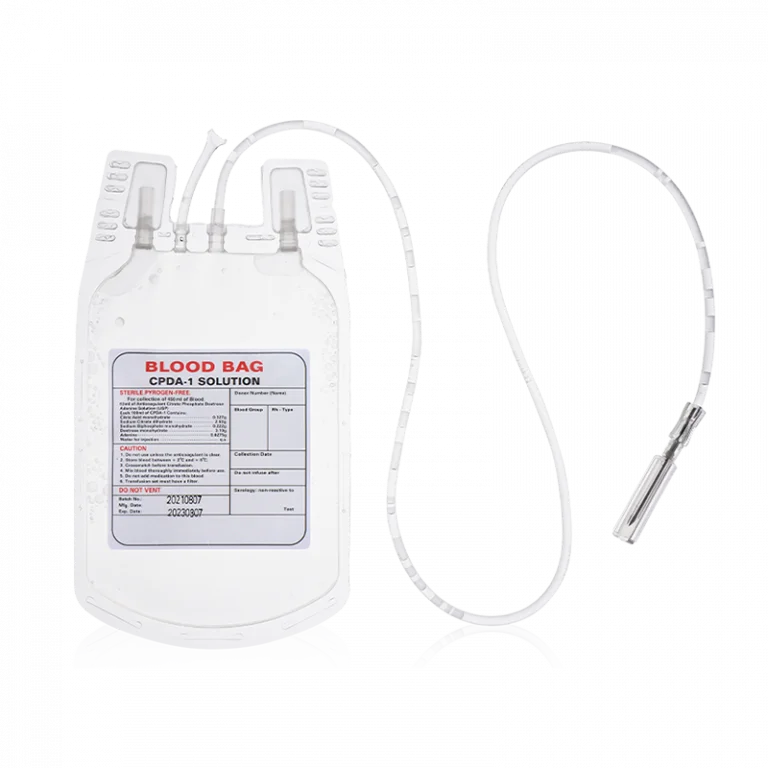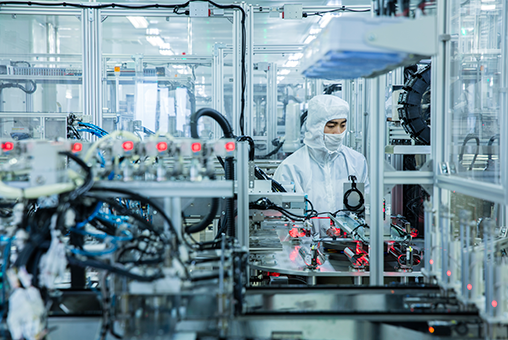Sterilization refers to killing pathogenic microorganisms, such as bacteria, viruses, fungi, spores, and parasites, on the surfaces of medical devices and surgical supplies by physical or chemical methods. It helps prevent cross-infections and iatrogenic infections, thereby maintaining hygienic standards in the hospitals.
Common types of sterilization in CSSD include dry heat and moist heat sterilization. Because of their differences in heat transfer methods and sterilization effects, they need to be chosen according to the features of the items to be sterilized. This blog will reveal the difference between dry heat and moist heat sterilization to ensure the reliability and effectiveness of the sterilization process. Read on to learn more!
Understanding the Two Types of Sterilization in CSSD
Before distinguishing the difference between dry heat and moist heat sterilization, we need to first understand their principles:
1. What is Dry Heat Sterilization?
Dry heat sterilization is a method of using high-temperature dry air to kill microorganisms. After contact with the items, the dry air inside the dry heat sterilizer can denature the microbial proteins and destroy the nucleic acids so as to achieve the sterilizing effect.
Dry heat sterilization will not cause rust or deterioration of some instruments, such as metal and glass.
2. What is Moist Heat Sterilization?
Moist heat sterilization refers to the method of killing microorganisms by using saturated water vapor at a pressure greater than atmospheric pressure in a medical steam sterilizer. Saturated steam in contact with the items will release a large amount of energy to make microbial protein denaturation. Because of the strong penetrating power of steam, it provides fast and good sterilization effects. Thus, most of the medical equipment, medicines, and other items in hospitals use this sterilization method.
Both dry heat and moist heat sterilization use high temperatures to kill microorganisms, achieving a sterile state.
Dry Heat vs Moist Heat Sterilization
The difference between dry heat and moist heat sterilization usually lies in heat transfer efficiency, temperature and time requirements, sterilization effect, and applicable scenarios.
1. Heat Transfer Efficiency
The first difference between dry heat and moist heat sterilization is heat transfer efficiency. The heat transfer efficiency of dry heat sterilization is low because of the poor thermal conductivity of air.
Moist heat sterilization, on the other hand, makes use of the high penetrating power of steam, which can rapidly transfer heat so that the items can quickly be sterilized.
2. Temperature and Time Requirements
There is a big difference between dry heat and moist heat sterilization in this aspect. The appropriate dry heat sterilization temperature and time is 160°C (320°F) for 2 hours or 170°C (340°F) for 1 hour. [1]
In contrast, moist heat sterilization can be accomplished in at least 15 minutes by heating steam to a range of 121-134 °C at a pressure of 100 kPa or 15 psi. [2]
3. Sterilization Effect
At the proper temperature and time, there is no significant difference between dry heat vs moist heat sterilization methods in terms of sterilization effect.
However, steam sterilization is more commonly used in hospitals for the treatment of utensils, instruments, and pharmaceuticals because of its speed, efficiency, and the ability to treat many items at a time.
4. Applicable Scenarios
According to the principle of the two sterilization methods, dry heat sterilization is suitable for items that are high-temperature resistant or not suitable for the moist heat sterilization method, such as glass, metal utensils, oil, some powdered chemicals, and so on.
Steam sterilization can also handle glass and metal utensils that are high-temperature resistant. It can also be used for heat-sensitive and non-heat-resistant items, such as liquids, textiles, rubber, enamel, etc.
Here is a conclusion on the difference between dry heat and moist heat sterilization:
| Dry heat sterilization | Moist heat sterilization |
Sterilization medium | Heat Air | Steam |
Temperature | 160°C (320°F)/170°C (340°F) | 121-134 °C (250-273°F) |
Time | 2 hours/1 hour | at least 15 minutes |
Pressure | Atmospheric pressure | High pressure |
Efficiency | High | Higher than dry heat |
Application | Glass, metal utensils, oil, powders. | Glass, metal utensils, liquids, textiles, rubber, enamel. |
Choose High-quality Medical Steam Sterilizer
Which is the best method of sterilization, between dry heat and moist heat sterilization, depends on the actual application. Overall, steam sterilization is more widely used in hospitals due to its high efficiency.
For high-efficiency and quality medical steam sterilizers, WEGO Medical can be your reliable partner. Our steam sterilizers are available in vertical, horizontal, vertical sliding, and top-loading models. They use advanced high-pressure steam technology to ensure rapid and complete sterilization of microorganisms, including stubborn spores.
Each model has a built-in microcomputer control system for easy operation, a water tank to automate the sterilization process, and a vacuum pump and vacuum drying system for one-stop sterilization.
In addition, our steam sterilizers are ISO and CE-certified, making them a stable and reliable solution for use in a variety of medical settings.
Conclusion
In conclusion, when choosing the best method of sterilization for medical devices, the difference between dry heat and moist heat sterilization should be taken into full consideration to avoid damaging the items.
WEGO Medical is committed to providing the best method of sterilization for various medical scenarios. With our years of experience in the medical industry, our medical steam sterilizers are well-recognized in the market for providing efficient and reliable medical care to patients. Contact us to select the right product for your hospitals or clinics!
References
[1] Dry heat sterilization. Available at: https://en.wikipedia.org/wiki/Dry_heat_sterilization (Accessed: November 25, 2024)
[2] Heat Sterilisation. Available at: https://www.sciencedirect.com/topics/engineering/heat-sterilisation (Accessed: November 25, 2024)













